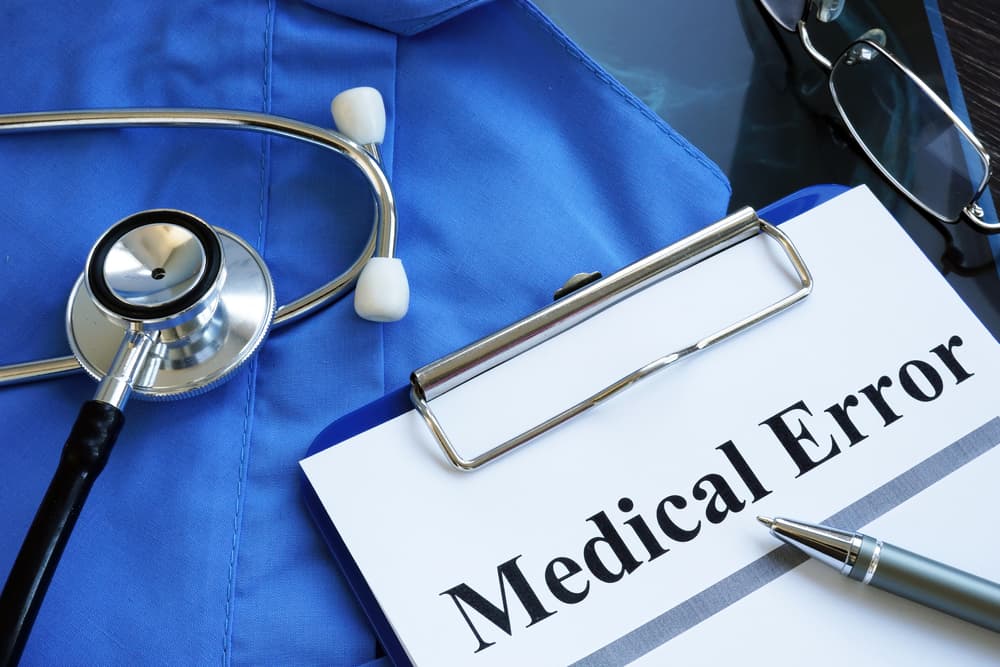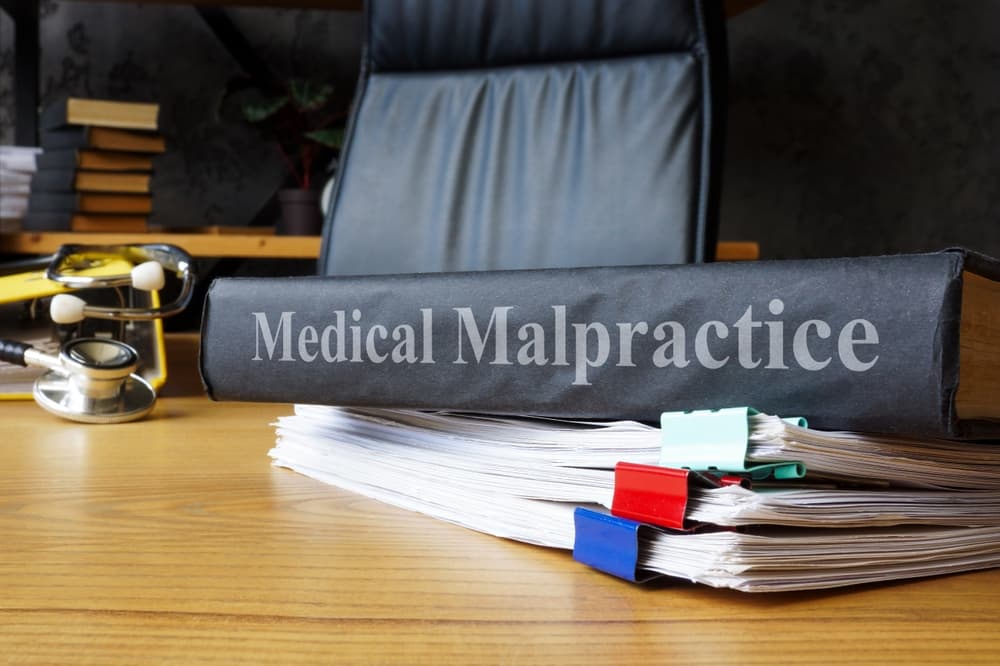Medical malpractice - defined as negligence by healthcare providers in the delivery of patient care - is a significant issue in the American healthcare system. It is a leading cause of death and disability in the United States and should be recognized as a key feature of the broader healthcare crisis. This reality is well known within the healthcare community. As far back as 2000, the Institute of Medicine’s Committee on Quality of Health Care in America published its landmark report, “To Err is Human: Building a Safer Health System.” The report’s central premise was that “Human beings, in all lines of work, make errors.” This includes doctors and other medical professionals, who, despite their training, education, experience, and best intentions, are not immune to mistakes. When errors occur, patients suffer. As the IOM report observed, this is “a serious concern in health care,” yet it is often discussed “only behind closed doors.”
Schedule a Free Case Evaluation

What the IOM termed “medical errors”—preventable injuries, also known as “adverse events”—constitute a healthcare crisis for several reasons outlined in the report: One, medical errors “are responsible for an immense burden of patient injury, suffering and death.” Two, medical errors are something that “everyone agrees just shouldn't happen.” Three, medical errors are readily understandable by Americans. Four, there is a large amount of knowledge and experience from other industries about how to approach and limit “the safety problems of the health care industry.” Five, our healthcare system is rapidly evolving and changing, “which may introduce improvements, but also new hazards.”
To put this crisis in perspective, it was estimated that medical errors account for approximately 7,000 deaths per year, more than the 6,000 deaths per year due to workplace injuries (a shocking enough number!) And this is preventable. Based on studies in Colorado, Utah, and New York, the IOM reported that 53% of “adverse events” in Colorado and Utah, and 58% in New York, were attributable to medical errors. In other words, more than half of poor outcomes in hospitals were preventable medical mistakes. While some adverse outcomes are unavoidable, this data demonstrates that a shocking amount of death, disability, and injury related to medical care is due to preventable human error.
This imposes substantial costs on Americans. For example, using 1997 data, the IOM report estimated between 44,000 and 98,000 Americans die each year due to medical errors in hospitals. That meant more people were dead as a result of medical errors than from car accidents, breast cancer or AIDS. And this figure only accounts for hospital deaths; many more die from medical errors outside of hospitals. Hospital patients represent only “a small proportion” of those at risk. The total cost of preventable medical errors was estimated at $17 billion to $29 billion. This warning was sounded more than 25 years ago.
Fifteen years later, the IOM released “Improving Diagnosis in Healthcare,” noting that “the best estimates indicate that all of us will likely experience a meaningful diagnostic error in our lifetime.” The report estimated that 5% of American adults experience a diagnostic error during outpatient care. Diagnostic errors accounted for roughly 10% of all patient deaths and 6–17% of hospital adverse events. This report was published a decade ago.
More recently, in 2025, researchers at Johns Hopkins School of Medicine and Harvard Medical School published a study noting “[d]iagnostic error is a major source of preventable harms[.]” The study highlighted the vast number of people affected, making "diagnostic error a pressing public health concern." The authors estimated that over 2.5 million diagnostic errors occur each year involving dangerous diseases, and that total annual diagnostic errors in the United States likely number in the tens of millions. Diagnostic error was identified as the single largest source of deaths related to medical error across all care settings. For the most serious diseases and conditions, an initial correct diagnosis significantly reduced death and disability.
The study focused on the “Big Three” categories of disease in ambulatory clinics, emergency rooms, and inpatient care settings: vascular events, infections, and cancers, which together account for three-quarters of serious harm. Researchers defined diagnostic error as an initially missed or delayed diagnosis. They estimated that, in these settings, diagnostic errors cause approximately 371,000 deaths and 424,000 cases of permanent disability each year in the United States.
Vascular events included stroke, venous thromboembolism, arterial thromboembolism, aortic aneurysm and dissection, and myocardial infarction (heart attack) as the top five conditions. The overall diagnostic error rate for vascular events was 11.7%, with a serious harm rate of 3.8%. For infections, the top five were sepsis, pneumonia, meningitis/encephalitis, spinal abscess, and endocarditis, with a diagnostic error rate of 10.4% and a serious harm rate of 4.4%. For cancers, the top five were lung, breast, colorectal, melanoma, and prostate, with a diagnostic error rate of 11.1% and a serious harm rate of 6.8%.

Individual error and harm rates for some of these conditions were even higher. For example, the diagnostic error rate for stroke was 17.5%, with a harm rate of 9.8%. Venous thromboembolism had a diagnostic error rate of 20.4% and a harm rate of 10.9%. Meningitis/encephalitis had a diagnostic error rate of 25.6% and a harm rate of 14.7%, while sepsis had a diagnostic error rate of 9.9% and a harm rate of 5.9%. The diagnostic error rate for lung cancer was 22.5%, with a harm rate of 14.2%. For breast cancer, the diagnostic error rate was 8.9% and the harm rate was 4.5%.
The medical malpractice lawyers at Queller Fisher Washor Fuchs & Kool understand the gravity of this healthcare crisis and the substantial toll it takes on lives, safety, and health. Tragically, this crisis has persisted in American medicine despite decades of warnings. Our firm has represented and assisted thousands of families and injured patients when the worst occurs, even as medical providers continue to deny the extent of the problem.
Our New York medical negligence lawyers have helped injured patients and their families in all aspects of medical negligence cases, including those involving failure to diagnose or treat strokes, heart attacks, cancer, pulmonary embolism, pre-eclampsia, uterine atony, postpartum hemorrhage, birth injuries such as fetal distress, hypoxic ischemic encephalopathy, cerebral palsy, Erb’s Palsy/brachial plexus injury, surgical injuries and sepsis and infection. For more details, please refer to our specific area pages.